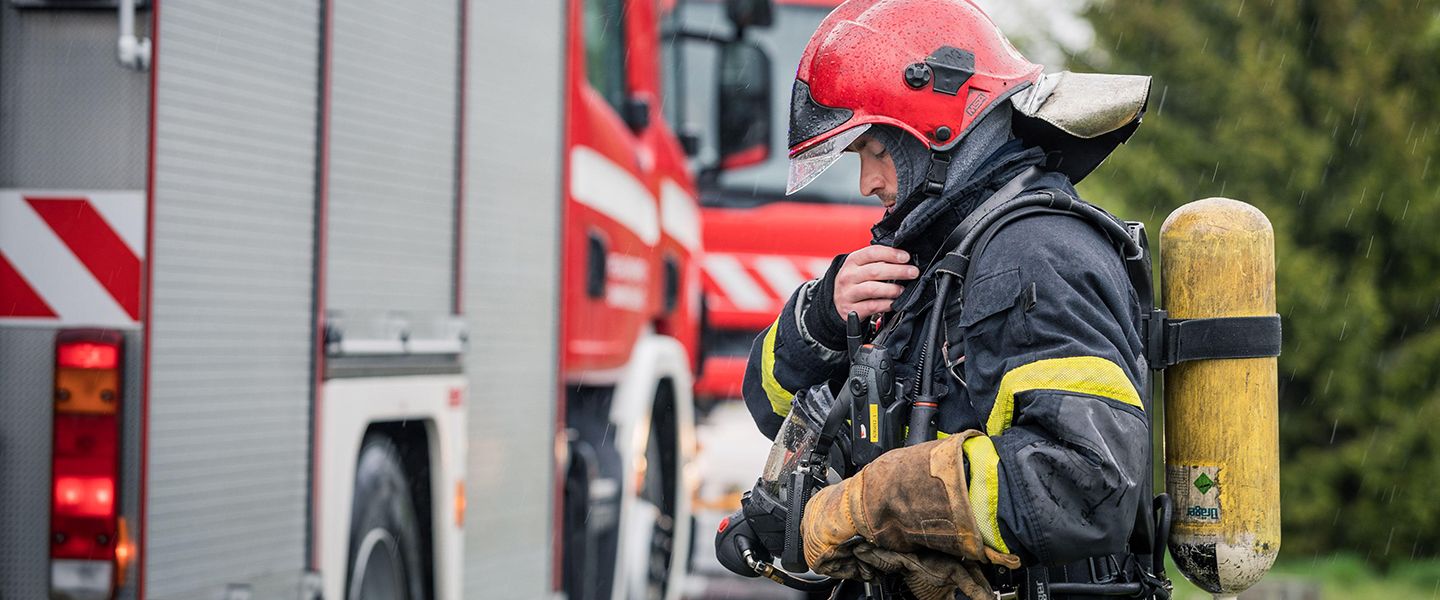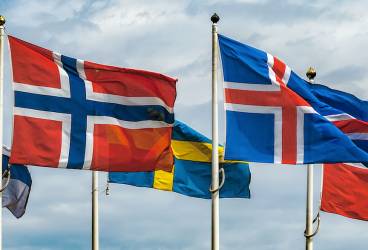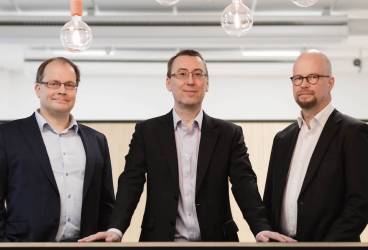Virve 2.0 to enable world-class cooperation between the authorities also in the future

Erillisverkot will implement the next generation solution of the administrative radio network in collaboration with Elisa and Ericsson. Elisa will implement the 4G and 5G radio network service and expansion of the geographical coverage area to correspond to the current Virve network. Ericsson will supply the key CORE systems for Erillisverkot for managing the network and key data systems and ensuring data security and preparedness. The partners have been selected through a competitive bidding.
Business Director Jarmo Vinkvist and Head of Department Antti Kauppinen from Erillisverkot describe how Virve 2.0 will benefit the public safety authorities and operators using the service as well as how it will change their work.
Why is the development of Virve 2.0 important, Business Director Jarmo Vinkvist?
“The current Virve network has been proven to function in exceptional situations, such as the coronavirus situation, but its technology will inevitably reach its limits during this decade.
Commercial operators have broad expertise in the continuous development of technologies and the collaboration model for the Virve 2.0 construction makes it also possible for the authorities to have the best possible means for ensuring the safety of citizens. The Virve 2.0 technology supports the decision-making of our customers, such as the police, rescue services, social and healthcare services, the Finnish Defence Forces as well as emergency response services and boosts their operations.
Erillisverkot manages the core network systems provided by Ericsson, and ensures data security and preparedness. The 4G and 5G radio access network will be acquired as a service from Elisa. ”

How is the Virve 2.0 project progressing?
“The first Virve 2.0 service to be adopted is the mobile broadband, which will, above all, enable even greater operational cooperation between the public safety authorities.
With the Virve 2.0 project, Finland will be one of the first countries in the world to adopt the next-generation technology in cooperation between the authorities. Only a couple of countries, such s the United States and the United Kingdom, have experience in similar technologies.
Even with the current Virve network, the Finnish expertise in cooperation between the authorities has been unique at the international level – or even best in the world. For example, safety authorities in Finland can all be reached by calling one telephone number, while there are three different emergency numbers in many countries; one for the police, another for rescue services and a third for first response units.”
What is the impact of the adoption of Virve 2.0 on the daily lives of public safety authorities, Head of Department Antti Kauppinen?
“Public safety authorities traditionally communicate with each other using group calls, enabled by the current public safety network Virve. This will be possible in the future as well, but the authorities can also share, for example, situtional awareness on the field with the help of the mobile broadband and new technology.
For example, visual information may be the key factor in decision-making when assessing the number of required fire fighting units in case of a factory fire.”

How are information security and the critical operations of the authorities ensured in the Virve 2.0 project?
“Erillisverkot continues to manage cyber information security and critical communications services. In practice, Erillisverkot is solely responsible for managing the most critical elements. Virve at present already ensures the safe cooperation between public safety authorities and other critical organisations, and this will not change in the future.
Due to the legislative amendments, safety authorities are entitled to priority, in other words, to a so-called mobile network fast lane. This is a significant change in comparison with the past. This means, in practice, that in a mass event, required capacity of a congested mobile network can be allocated to Virve 2.0 users. This was previously impossible: in the past, different authorities could only communicate through the Virve network.”
How is the Virve 2.0 project progressing?
“When we now start to build the first phase of the Virve 2.0 project, we will simultaneously launch the second phase of the project. We launch another procurement process to acquire mission critical applications and terminal devices.
The entire project could be summarised as follows: during the first phase, we will produce the prioritised SIM card for the end user and, during the second phase, mission critical application will bring the Virve fuctionality to the terminal
When will Virve 2.0 be in use?
“We have developed Virve 2.0 in close cooperation with our customers from the very outset. We need several joint test runs and testing before Virve 2.0 is fully available – which we have naturally carried out already even before the procurement. Virve 2.0 can be deployed only after the functionality of the system has been accepted by the customer.
New services will be introduced gradually already during this journey, but it is estimated that they will be fully available in 2023. The current Virve will be used simultaneously with the Virve 2.0 network until at least the end of 2025. Once the Virve 2.0 project is completed, our aim, as the service provider, is to continue to develop the service in co-operation with our end users in an agile manner.”
The primary users of Virve include
- Rescue services
- Police
- Social and healthcare services
- Defence forces
- Railway operators
- Border guard
- Customs
- Emergency response services
- Finnish Transport and Communications Agency
- Finland’s national public service broadcasting company YLE
- Finnish Transport Infrastructure Agency
- Finnish Meteorological Institute
- Electricity and energy sector operators
- Ambulance, security and telecommunication companies, Maritime Search and Rescue System, public transport services in the Helsinki area (e.g. metro, trams)






